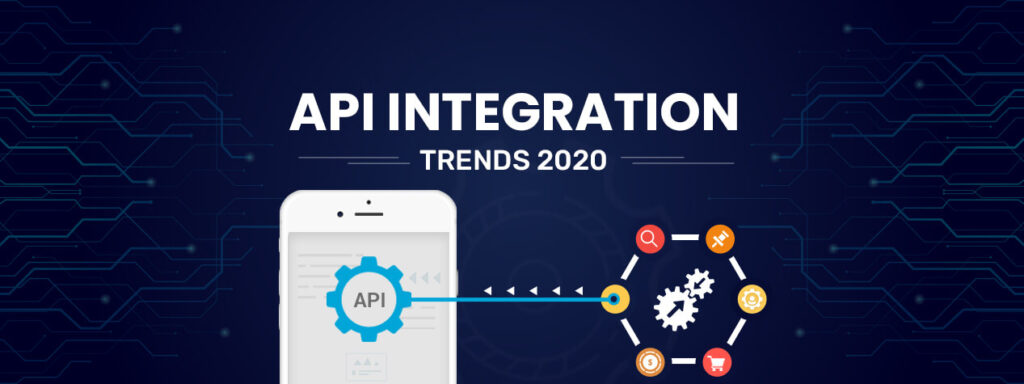Introduction
In a rapidly changing enterprise landscape, where the enterprises are going beyond developing the applications defined as per their business needs, by connecting to SaaS applications, connectivity comes to as a major need of the hour. The need of connectivity required both at internal and external levels, is getting stronger, causing a growing challenge.That’s where the API Integration comes into play.
API is inevitably ubiquitous these days. Today, there are more than 16,500 APIs that exist, and the number is increasing constantly. To create more APIs and to put them in place, more and more companies are looking for API integration.
Today API integration has become a prerequisite for enterprises to secure interactions both outside and inside them. API integration is increasing consistently. The analysis in the 2019 State of API Integration report represents data collected from companies across 50 countries and 6 continents, on an average, people had built 11.5 integrations in 2018 and 18 in 2019.
The market keeps getting bigger and complex, complexities continue to increase, whether we talk about service mesh architecture or number of apps that we leverage to run businesses or to support customers.
What does API Integration do?
API Integration plays a vital role in establishing a seamless connectivity between various components of business ecosystem in an enterprise. For large fortune 500 companies to small start-ups, keeping aside the priorities that keep changing, API Integration is important for:
- Building something that other customers and partners can leverage.
- Migration from product to platform to ecosystem.
The worldwide acceptance of cloud-based applications is now going to be followed by the idea of a connected world with data integration. This year, various integration trends that will be in the picture are:
Table Of Content
Trend #1: The Rise of Hybrid Integration Platform

The Hybrid Integration Platform (HIP) provides all of the tools to the organizations for easier and much simpler integration of data and applications across any on-premises and multi-cloud environment, converting it into meaning insights that allowing them to make quick and better decisions. HIP enables organizations to cater to the needs of connecting existing infrastructure and the cloud ecosystem as well.
According to Gartner, by 2022 minimum 65% of organizations are expected to implement the HIP to power their digital transformation. The platform provides all the necessary tools for the users to establish customized integration workflows, which is crucial for meeting complex process requirements.
Trend #2: API Seen as a Product
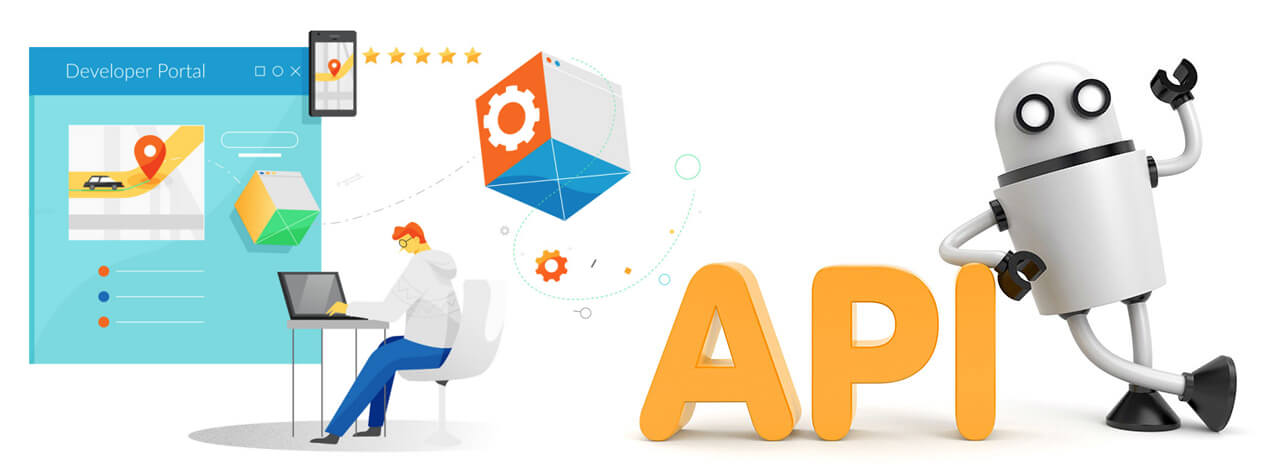
API integration which has always been considered as one of the fundamental aspects of any software, is today looked upon as a crucial part of strategies devised by organizations.
According to the 2019 State of API Integration report, businesses that have been investing in their API and integration strategy already are starting to realize some of the many benefits. The three key benefits highlighted in the report are:
- Churn Reduction
- Product Stickiness
- Faster time to market
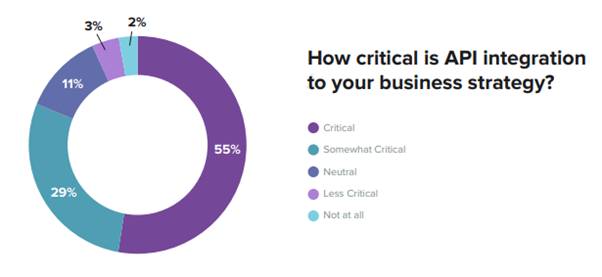
Source: 2019 State of API Integration Report
APIs are soon going to hold the centre-stage for digital transformation of organizations, enabling them to quickly integrate SaaS applications with their existing infrastructure components. APIs are changing the way software is developed and brought to the market. Not only this, most of the enterprises are considering being platform provider, rather than simply being a product company. The pressing factor that has informed enterprise to be platform provider, is to develop the ability to integrate with partners to create long-lived relationships.
In fact, most of the businesses have started following a direct monetization approach towards API, as they see API as a product itself.
Trend #3: Multichannel Integration tools for Consistent Customers Experience
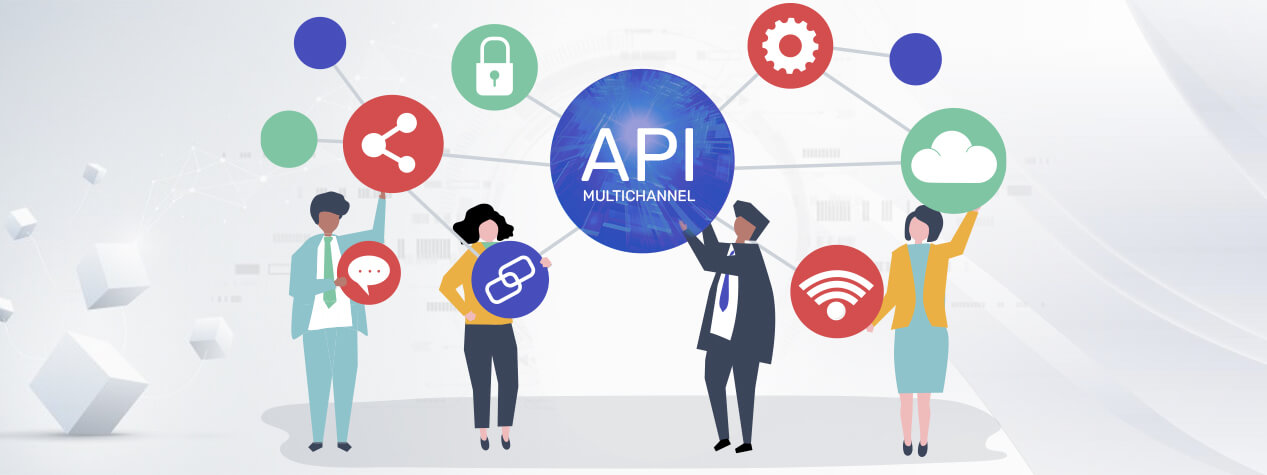
Smooth customer experience is what every organization aims at. On this digital platform, there are various communication touchpoints for the customer to interact with the organization. So, it gets very important to make it consistent, irrespective through whichever touchpoint. More and more organizations are looking for integrating multiple applications so that they can ensure a consistent customer experience required to make them feel connected and be a part of their business model.
The multichannel API integration platform ensures higher customer retention. It also helps in getting a deep insight into the overall customer journey that begins with getting aware about the brand, to getting engaged, making decisions, and staying loyal to it.
Trend #4: Data Standardization for B2B Integration
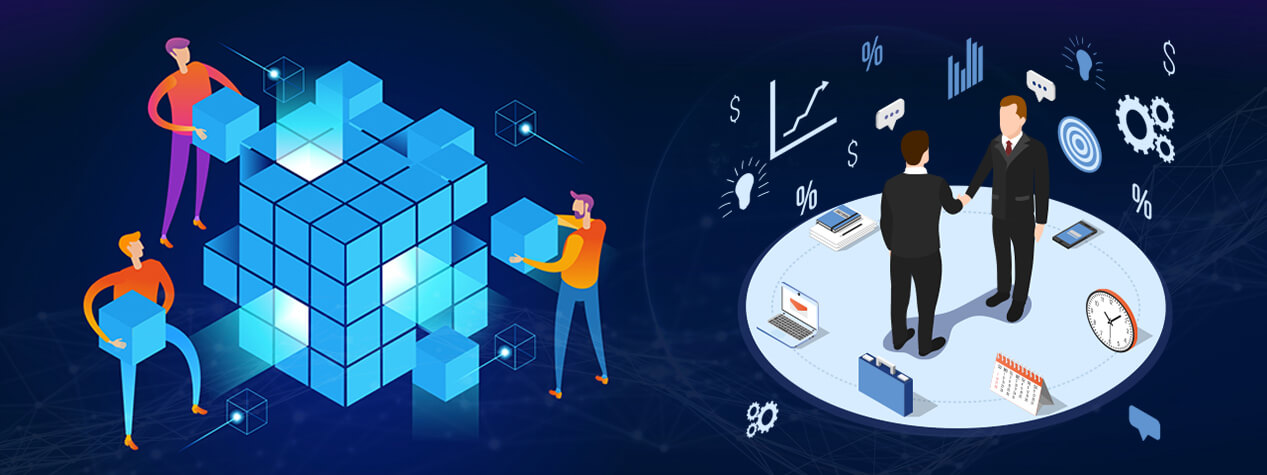
The trend of data standardization is gaining momentum now, so that businesses can connect among themselves as trading partners, and that is why data standardization is required for business-to-business transactions. Every business has its own customized set of standards, protocols, ERP systems and data formats. The standardization of Electronic Data is required for seamless B2B integration.
Trend #5: Real-Time Synchronization of IoT
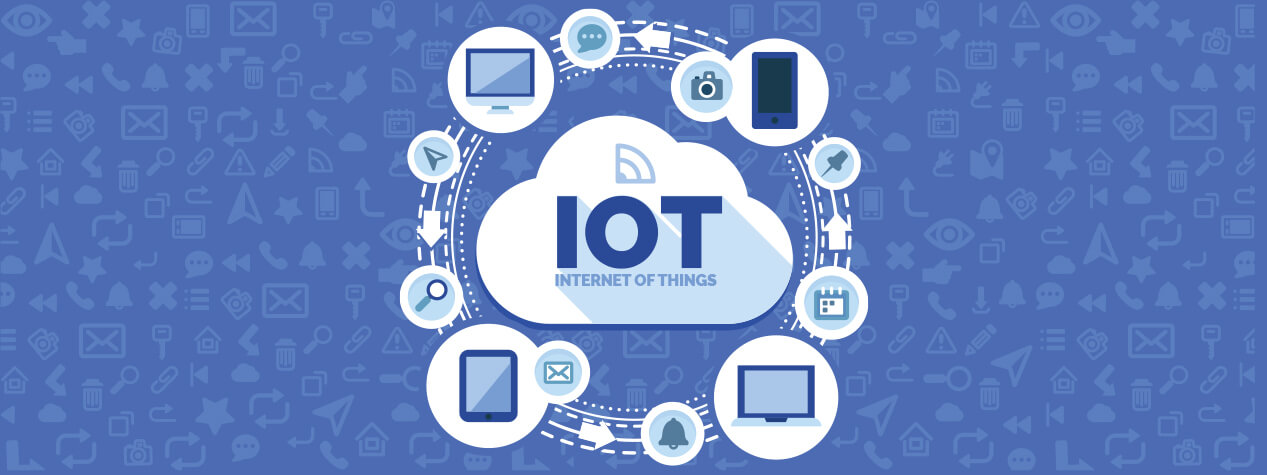
The Internet of Things (IoT) is ruling the world today, and will continue to rule in coming years.
According to a report released by McKinsey Global Institute, IoT is expected to lay an increasing economic impact from $3.9 trillion to $11.1 trillion by 2025, across many different settings, including factories, cities, retail environments, and the human body.
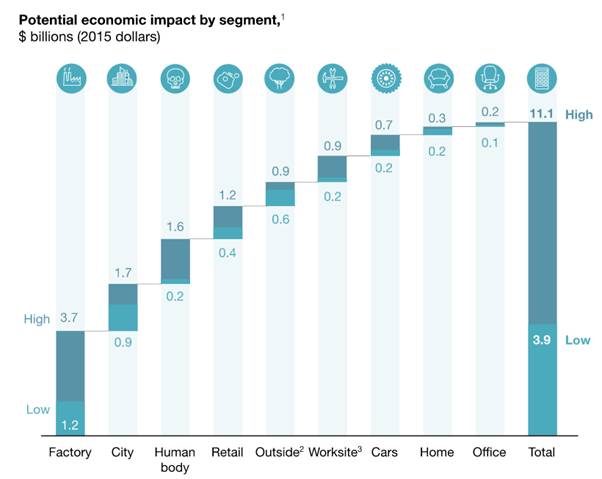
Source: McKinsey Global Institute Analysis
With numerous devices and applications that have already flooded the market, the need of synching them up, is on speedy rise, and that calls for the need of data integration solutions for enterprises, so that they can carry their daily operations without any obstacles led by complex integration scenarios. Data integration is important for better customer experiences that is achieved constant connect with them in a simplified way.
Trend #6: Integration Platform Enabling Users for Enterprise Alliances

Information Technology has come a long way in developing a business environment compatible enough for adapting to quantum technological leaps. But with expanding business scopes, owing to the advent of SaaS applications, the need of meeting immense connectivity issues between cloud-based applications and on-premise solutions, has risen dramatically. Despite of getting an IT team to work on it, leading to no or just rock-bottom result, what can meet the connectivity issues, is a smart integration platform with easy functionality, that enables even an ordinary user to develop integrations easily, thereby enhancing business efficiency.
Wrapping It Up
As more and more businesses on digital platform are embracing SaaS applications, owing to their omnipresence. The enterprises are running multiple applications.
As already predicted by Gartner, over 75% of mid-sized and large organizations will adopt a multi-cloud or hybrid IT strategy by 2021.
This has led to the demand of integrating and interconnecting these applications, which will be increasing further. The enterprises will strive hard to connect cloud and on-premises applications.
As the cloud-based applications are constantly gaining momentum, leading the enterprises to seek integration of the cloud application that they buy, with existing ones, Tarika Tech builds and delivers integrated solutions by connecting on-premises applications and applications in the cloud. By providing API integration services, we allow enterprises establish the required business workflow for maintaining consistency and scalability.

